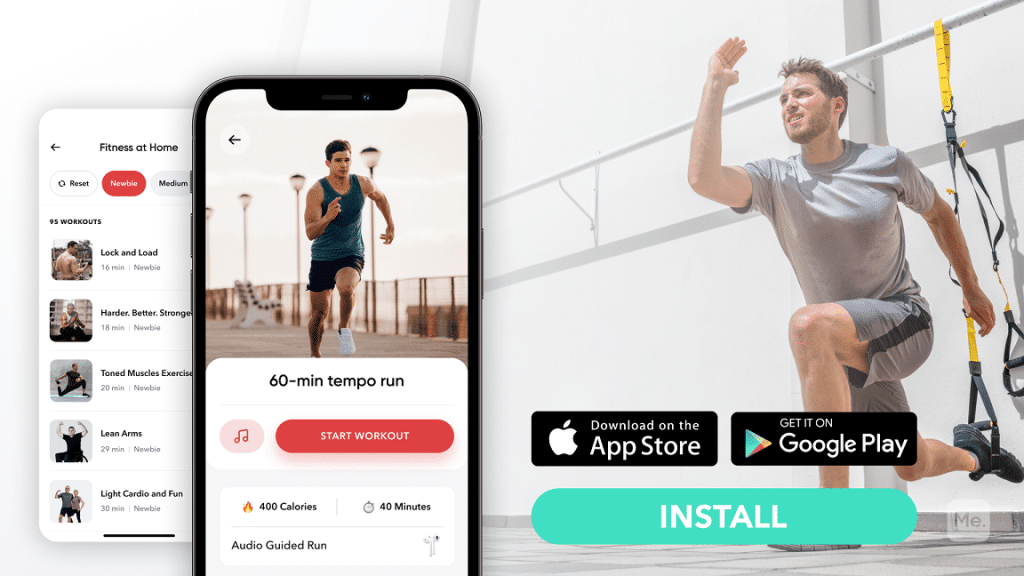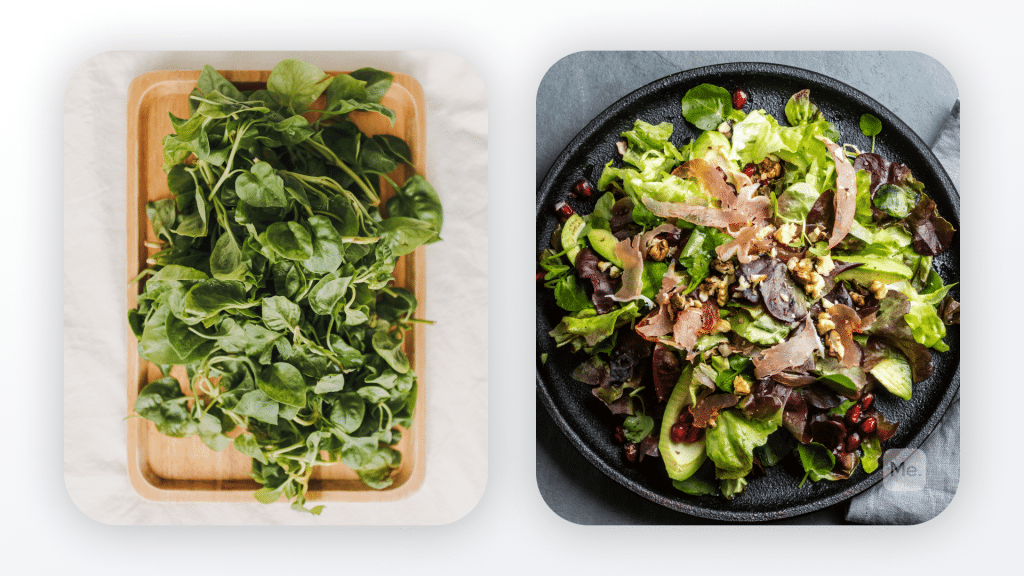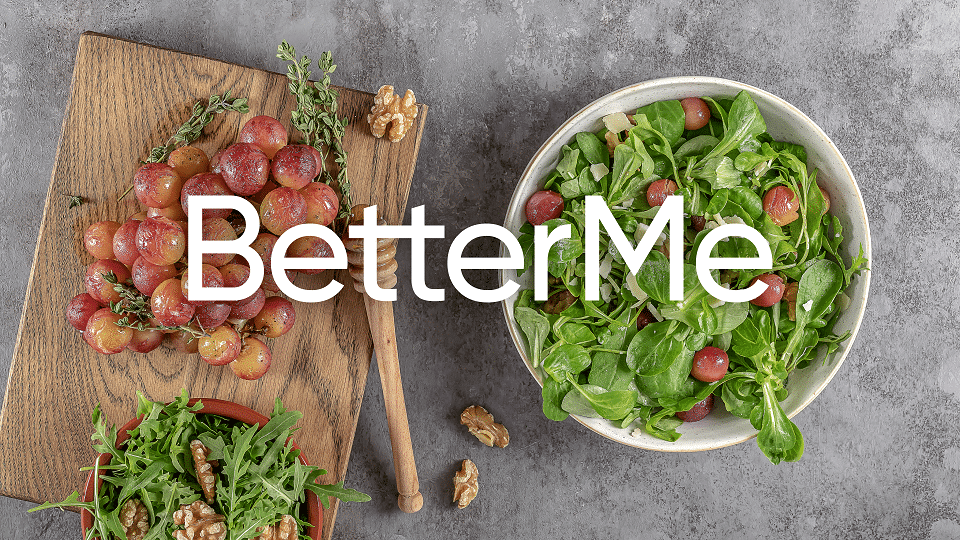Whether you’re a beginner wanting to tone your body and improve the overall condition or a pro athlete, you should know that strength and conditioning programs are essential for achieving your goals. When it comes to pros, there are some misconceptions. Some have said that resistance training is bad for your athletic performance. Now there’s talk that you lose strength when using more conditioning and there’s no way to reach balance. Spoiler alert: you can reach balance if you’re knowledgeable and/or work with a specialist. I’m not an athlete, but I know a thing or two about conditioning and I love scientific research, so let’s get to learning everything about conditioning workouts.
Get your personalized
meal plan!
What Is A Conditioning Program?
A conditioning program involves a wide range of workouts, a balanced diet, and good rest to become physically fit. We’ll focus mainly on the workouts part of the regimen.
Conditioning may include functional strength training, resistance training, flexibility training, cardio for endurance, etc.
A well-structured conditioning program improves the endurance and flexibility of the training individual, as well as tones their body. In addition, many exercises from such programs offer other health benefits, improving cardiovascular condition (1) and other systems of the body.
Benefits Of Conditioning
What is the importance of a conditioning program? Improving your physical condition.
Many conditioning exercises are done without additional weight, which means they are safer for beginners. And there are more benefits:
-
Cardiovascular Health Improvement
Conditioning usually consists of anaerobic exercises which, as well as aerobic, help reduce the risks of cardiovascular disease (1). Due to the aerobic part of the training, your respiratory system also works better.
-
Bone Loss Reduction
Resistance exercises make your musculoskeletal system stronger (2), preventing rapid bone loss and reducing the risk of osteoporosis.
-
Increased Calorie Burn
An essential part of weight loss is a slight calorie deficit. Physical activity helps you burn significantly more calories (3) and achieve the physique you want. Being consistent with your conditioning, you’re also going to slow down muscle loss that happens with aging (4).
-
Cognitive Decline Prevention
Proper conditioning will improve your health, which will make you feel better overall. Besides, resistance training can even boost your cognitive functions, slowing down the decline that happens with age (5).
-
Flexibility Increases
As conditioning involves various exercises, compared to regular strength training exercises, you’re going to move all ways, which may increase the flexibility of your muscles.
Whether you’re a workout beast or just a beginner making your first foray into the world of fitness and dieting – BetterMe has a lot to offer to both newbies and experts! Install the app and experience the versatility first-hand!
Cautions When Taking Up Conditioning
Any physical activity requires caution. If you want to get into conditioning for health and weight-loss reasons, keep in mind that:
- To try the more difficult exercises, you need a certain level of fitness and mobility. Make sure you have some experience or start with the easiest exercises in order to build up a little bit of energy to transition onto the harder levels.
- If you feel pain in your joints or another kind of discomfort not connected to the normal muscle burning during exercise, contact your doctor ASAP.
- You can feel free to modify the exercises to make sure you can do them properly.
- You should pay attention to the technique. Even a slightly wrong squat may lead to knee pain and injury.
- If you take medication or have pre-existing conditions, you need to go to the doctor first to notify them you want to take up conditioning.
- Warm-ups and cool-downs are essential for your muscles to work and rest properly.
- You have to listen to your body. Don’t engage in high-intensity training if you feel tired or are injured.
And make sure you talk to a professional trainer before you start, especially if you’re not sure about the technique and the set of exercises. Conditioning involves workouts for your whole body, so it’s better to be planned by a specialist.
You Don’t Have To Lose Strength During A Conditioning Program
One stereotype about conditioning programs is that athletes lose muscle mass and strength during sprint-like exercise. The key is finding balance. Strength and endurance don’t come equally together. You can balance them or build either maximum strength or maximum endurance.
Unless you’re a professional athlete participating in World Championships, chances are you don’t need to lean too much to one direction.
Trying at least the beginner conditioning workouts will bring you all the benefits described above without disappointing muscle and strength loss. Besides, if you’re working with a pro, they can choose a special strength and conditioning program with a golden balance in both.
Read More: 6 Week Squat Program: The Ultimate Guide For Toning Your Lower Body
Conditioning For Beginners
What is an example of a conditioning exercise?
Some of the easiest conditioning exercises are:
- Running
- Group exercise
- Biking
- Rowing
- Battling rope exercises, etc.
All of these are relatively safe if you don’t have pre-existing conditions that limit your physical activity choice.
If you’re a complete beginner, choose something that is relatively easy to perform, accessible, safe, simple to make progress in, and friendly to unprepared joints.
That means that even running shouldn’t be too hardcore at first. Start light, and you’ll be able to keep up for a longer time, achieving amazing results.
As you make progress, try:
- Jumping squats
- Lateral bounds
- Jumping splits
- Box jumps
- Lateral lunges
If you’re not sure about your abilities and readiness, make sure there’s sufficient supervision.
Also, you’ll have to monitor your progress. You can choose one or more metrics to know when to take more difficult challenges and when the training is successful:
- Distance you cover over time (for example, 5 miles in 30 minutes)
- Your speed (keeping up 12 mph for 10 minutes is a great result)
- How many calories you have burned (400 is an hour is already good)
- Reps or intervals you’ve done, etc.
Dropping pounds by the dozens without putting yourself through the wringer is everyone’s weight loss pipe dream. But what if we told you that the BetterMe app can make that happen? Keep yourself in prime shape with our fat-blasting workouts, delicious budget-sparing recipes, and body-transforming challenges with our app!
More Proficient Conditioning: Template
So, how do you create a conditioning program?
If losing strength and muscle mass are not your priorities, here are the 3 rules that will help you maintain them:
- Include a sufficient number of strength exercises to maintain your muscle.
- Build a plan and stick to it to make sure there’s no interference between the strength and endurance cycles.
- Monitor the progress and make sure to adjust the program if something doesn’t work out. It’s also a good idea to consult a specialist at this point if you see your program doesn’t work well.
Alright, you can try this template. Dividing your week into 3 training categories:
-
Regular Training
You can do it on Mondays and Thursdays, for example. This involves moderate training to stress the body a little bit after a recovery day so that you don’t experience too much fatigue afterward.
Do some high-tempo and high-resistance intervals, squats, deadlifts.
-
Pushing Yourself
These are the hard days, perfect for Tuesday and Friday, after the regular training. On these days, you push yourself to your physical limits with maximum volume and intensity. Involve lactic bath training, serious cardio, and threshold training.
Lactic bath training is when you combine weights with ‘active rest’ – intense cardio sessions. Everything will burn, but it’s only 2 days in a week. Long gone are the days when people thought of conditioning as pushing it to the limits at the gym every day.
You have to build a program that can be consistent.
-
Rebound
The long-waited recovery phase is great for Wednesdays and Saturdays. You’ll still be training, but it won’t be long and hard. Low to moderate intensity, one total-body exercise, a couple of lifts, and you’re done.
Summary: Remember That Everyone Has Individual Results
You must remember that results are individual, and your conditioning program should be adjusted according to your goals and initial metrics. You should also understand that your training regimen has to be difficult enough for you to push yourself but easy enough for you to be consistent with it.
You don’t want yourself to break, so make a plan to take care of it in your conditioning program.
DISCLAIMER:
This article is intended for general informational purposes only and does not serve to address individual circumstances. It is not a substitute for professional advice or help and should not be relied on for making any kind of decision-making. Any action taken as a direct or indirect result of the information in this article is entirely at your own risk and is your sole responsibility.
BetterMe, its content staff, and its medical advisors accept no responsibility for inaccuracies, errors, misstatements, inconsistencies, or omissions and specifically disclaim any liability, loss or risk, personal, professional or otherwise, which may be incurred as a consequence, directly or indirectly, of the use and/or application of any content.
You should always seek the advice of your physician or other qualified health provider with any questions you may have regarding a medical condition or your specific situation. Never disregard professional medical advice or delay seeking it because of BetterMe content. If you suspect or think you may have a medical emergency, call your doctor.
SOURCES:
- Aerobic vs anaerobic exercise training effects on the cardiovascular system (2017, ncbi.nlm.nih.gov)
- Effects of Resistance Exercise on Bone Health (2018, ncbi.nlm.nih.gov)
- Metabolism and weight loss: How you burn calories (n.d., mayoclinic.org)
- Muscle tissue changes with aging (2004, ncbi.nlm.nih.gov)
- Resistance training enhances delayed memory in healthy middle-aged and older adults: A randomised controlled trial (2019, jsams.org)














